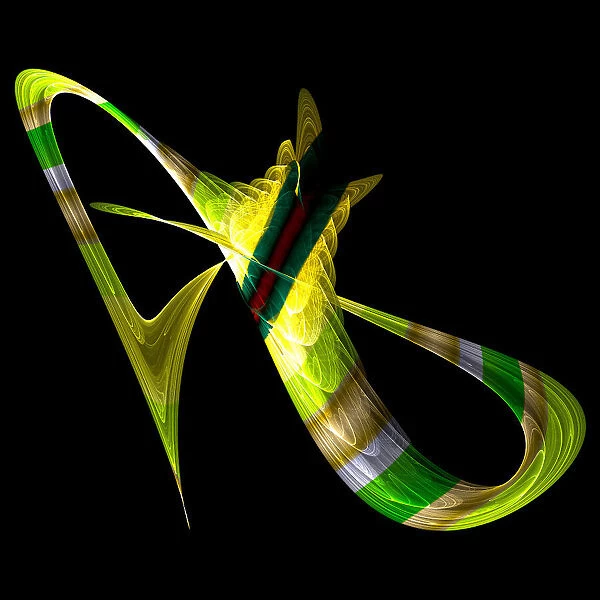Welcome to the mesmerizing underwater realm, where mystery unfolds in the graceful dance of cryptic seadragons. These enchanting creatures, distant relatives of seahorses, have captured the imagination of marine enthusiasts and researchers alike. In this exploration, we dive deep into the hidden world of cryptic seadragons, uncovering their unique features, mysterious behaviors, and the challenges they face in their underwater habitat.
The Cryptic Seadragon Family
Cryptic seadragons belong to the Syngnathidae family, which also includes seahorses and pipefish. Within this family, there are three known species of seadragons: the Common Seadragon, the Leafy Seadragon, and the Weedy Seadragon. Each species boasts distinct characteristics that contribute to their fascinating camouflage abilities.
The Common Seadragon: Elegance in Simplicity
The Common Seadragon, also known as the Phyllopteryx taeniolatus, is the smallest among its seadragon relatives. With its slender body and unique coloration, it can easily blend into its surroundings. What sets the Common Seadragon apart is its ability to change colors, allowing it to adapt to different environments and avoid predators.
The Leafy Seadragon: Nature’s Living Art
The Leafy Seadragon, scientifically named Phycodurus eques, is a true masterpiece of camouflage. Its body is adorned with leaf-like appendages, resembling seaweed drifting in the ocean currents. This extraordinary adaptation allows the Leafy Seadragon to seamlessly blend into its habitat, making it nearly invisible to predators and prey alike.
The Weedy Seadragon: Underwater Ballet of Elegance
Distinctive and captivating, the Weedy Seadragon (Phyllopteryx taeniolatus) boasts long, filamentous extensions that mimic the appearance of seaweed. This unique feature, combined with its ability to sway gently with the currents, transforms the Weedy Seadragon into a living work of art. Despite its ornate appearance, the Weedy Seadragon is a master of disguise, effortlessly navigating its surroundings.
Cryptic Seadragons’ Camouflage Techniques
Mimicry: A Survival Strategy
Cryptic seadragons have perfected the art of mimicry as a survival strategy. Through their intricate body patterns and appendages, they imitate the surrounding seaweed and other underwater flora. This mimicry not only aids in evading predators but also helps them ambush unsuspecting prey, showcasing the dual purpose of their remarkable camouflage.
Chromatic Adaptations: Blending In with Precision
One of the most remarkable features of cryptic seadragons is their ability to change colors with astonishing precision. This chromatic adaptation allows them to match the hues of their environment, providing an additional layer of camouflage. Whether they are navigating through kelp forests or open waters, these creatures can seamlessly blend in, becoming nearly invisible to both predators and prey.
Conservation Challenges and Efforts
While the cryptic seadragons’ ability to disappear into their surroundings is a marvel of nature, it also puts them at risk. Human activities, including habitat destruction and pollution, threaten their delicate ecosystems. Conservationists and marine biologists are actively working to understand and mitigate these threats, implementing measures to protect the habitats where these cryptic creatures thrive.
Efforts include establishing marine protected areas, promoting sustainable fishing practices, and raising awareness about the importance of preserving these unique environments. By addressing the challenges faced by cryptic seadragons, we can contribute to the overall health of marine ecosystems and ensure the continued existence of these captivating species.
FAQs about Cryptic Seadragons
Q1: Are cryptic seadragons endangered?
A: While cryptic seadragons face conservation challenges, not all species are currently classified as endangered. However, some, like the Weedy Seadragon, are listed as near-threatened. Conservation efforts are crucial to maintaining their populations and preserving their habitats.
Q2: How do cryptic seadragons reproduce?
A: Cryptic seadragons are unique in their reproductive methods. Males carry the eggs, which are attached to a specialized area on their tail. The eggs hatch after several weeks, and the young seadragons are left to fend for themselves.
Q3: Can cryptic seadragons live in captivity?
A: While some aquariums successfully house cryptic seadragons, their unique needs make them challenging to care for. Specialized environments with appropriate water conditions and a variety of suitable prey are essential for their well-being.
Embark on your journey into the hidden world of cryptic seadragons, and marvel at the wonders of these masters of disguise. As we strive to understand and protect their habitats, we contribute to the preservation of the intricate balance that sustains life beneath the waves.
Is this conversation helpful so f

